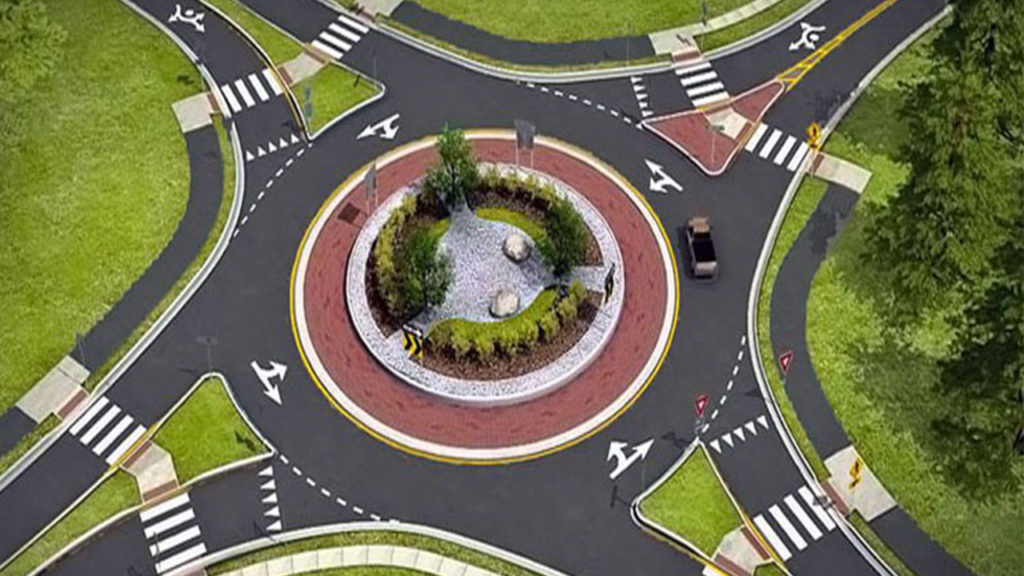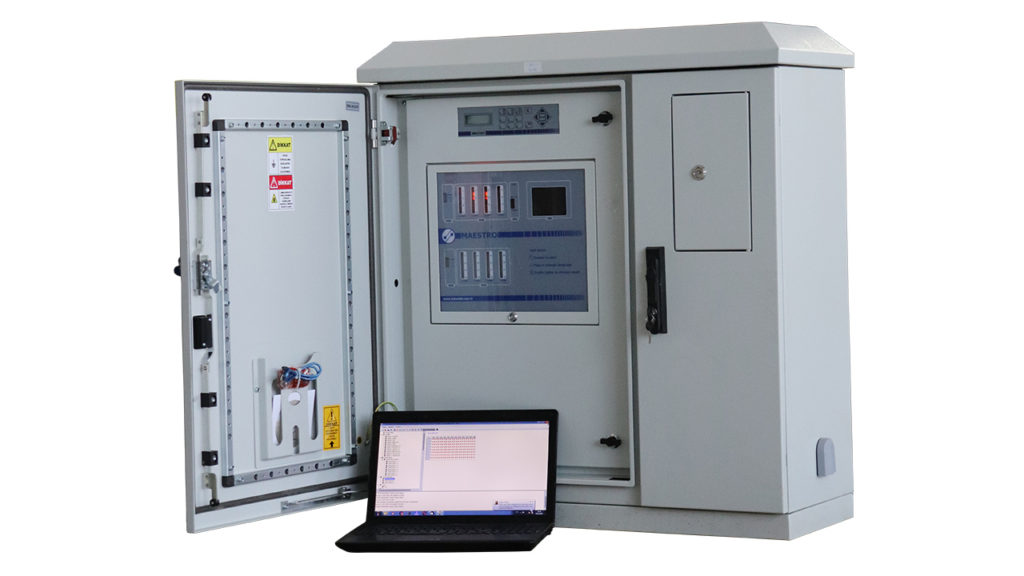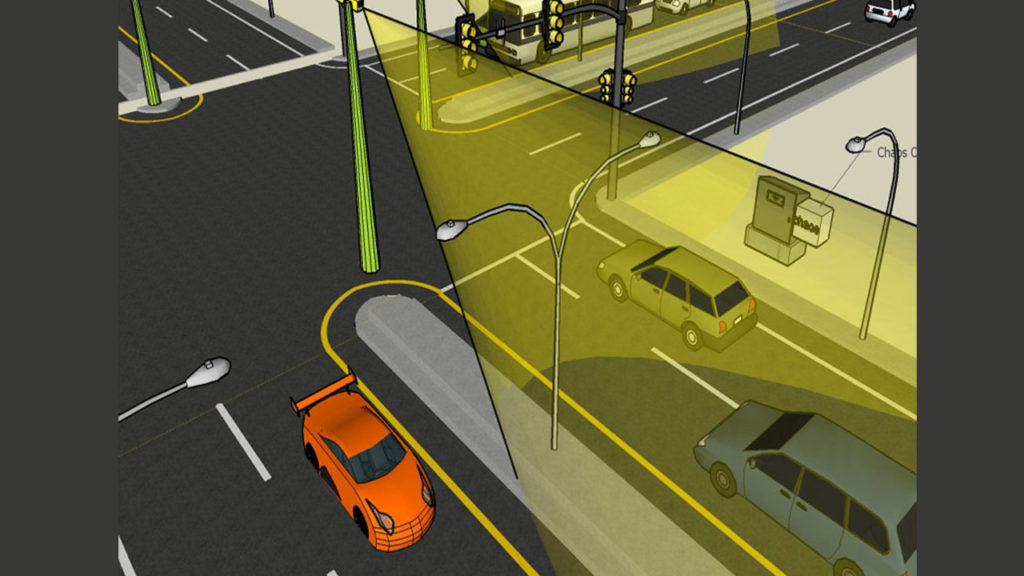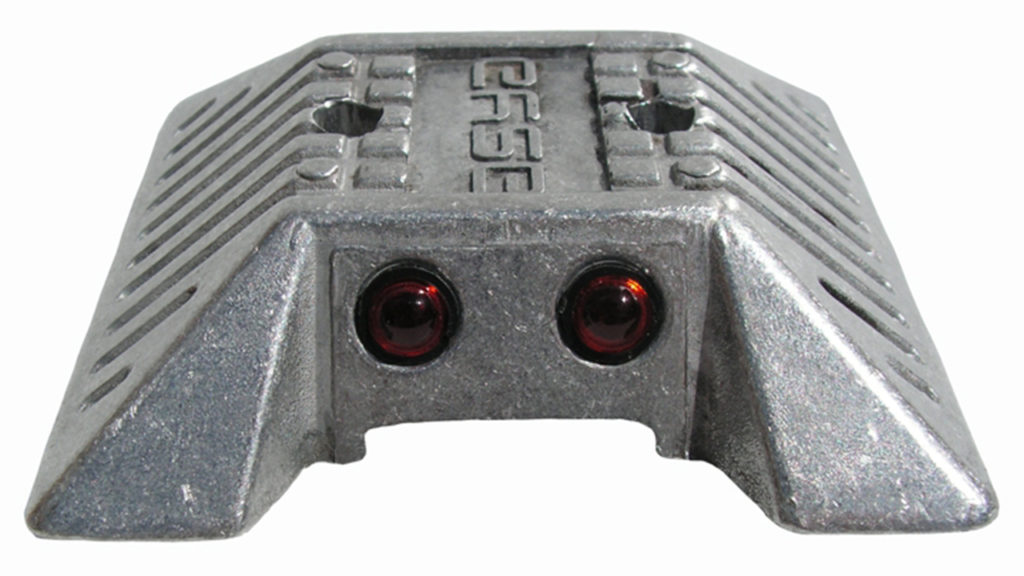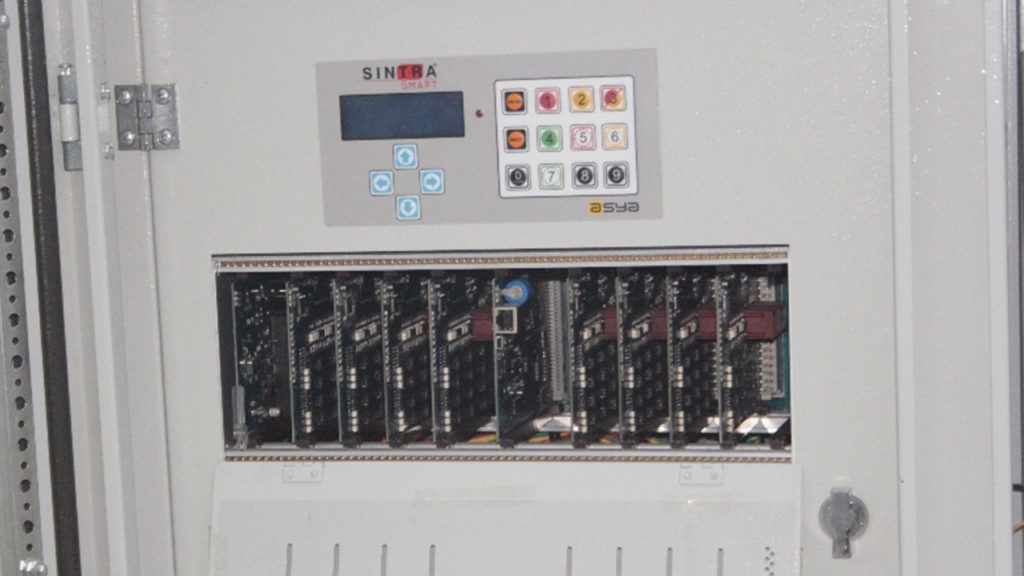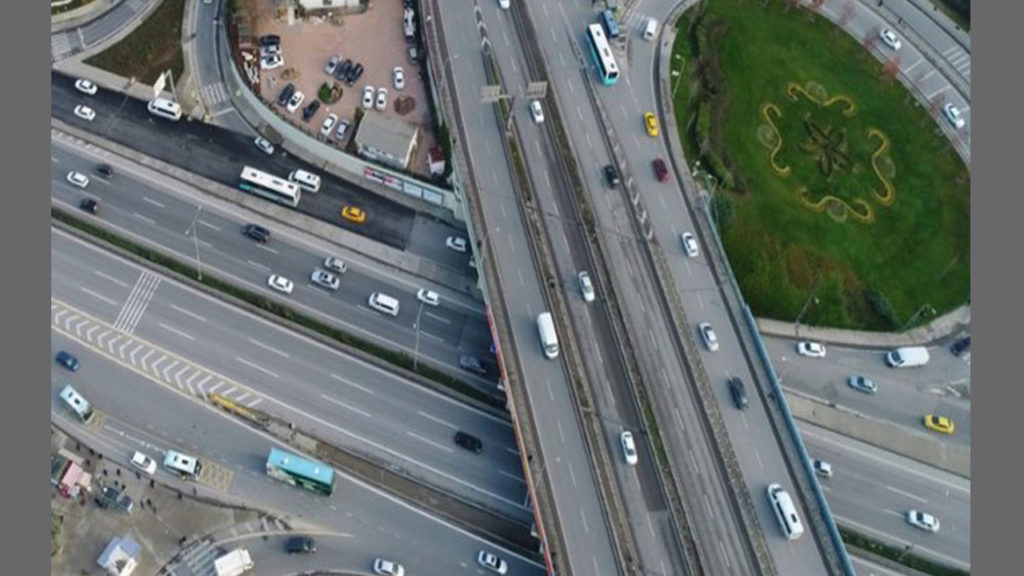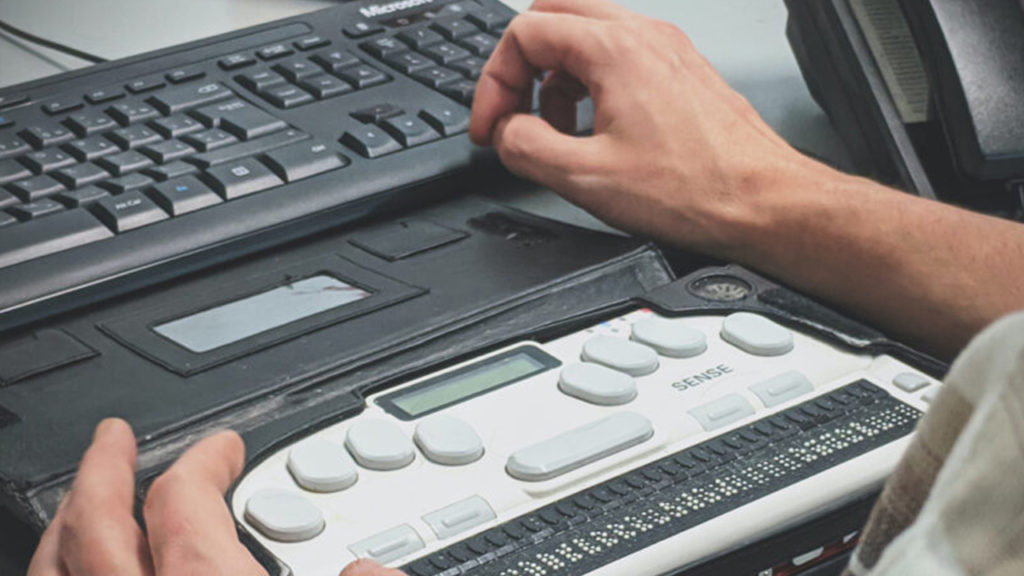
In France, a nine-year-old boy blinded his eyes with a punch by accident while helping his father to make horse harnesses in 1818. A few years later, the boy was sitting in the garden and thinking about his incompetence in reading and writing, his friend gave him a pinecone. He moved his fingers over the cone and saw small differences between the dimensions. Conceptually, he combined the feeling of pine cones of different sizes with literacy and realized that he could create an alphabet with raised dots on paper so that the visually impaired could feel and read what was written with this alphabet. (Louis) “Braille” has thus opened the doors of a completely new world for the visually impaired.
Braille Alphabet is a method used for people with visual impairments to read and write. Each letter, number or punctuation mark consists of 6 embossed dots. The letter is determined according to the location of the dots. The 6 points system, relief writing system or Braille writing system has been used since 1821. The first book in accordance with this writing system was published in 1827. Special type typewriters are used to write with Braille Alphabet. The Turkish Braille Alphabet also includes Turkish characters such as “ç”, “ş”.
Braille alphabet is often used by visually impaired people. Braille is critical to the life of visually impaired people. Visually impaired people feel the small swelling on the page by touching them with their fingertips. In this way, it interprets the small dots as letters and numbers.
Braille is not a language. It is a type of coding in which all languages can be written and read. Visually impaired people can read and understand the texts using the braille alphabet.
Today, the lives of visually impaired people become easier thanks to the texts written in Braille Alphabet, which we can see in many places such as indoor guidance and information, medicine box, outdoor directions, boarding pass, pedestrian crossings and traffic road safety equipment.


